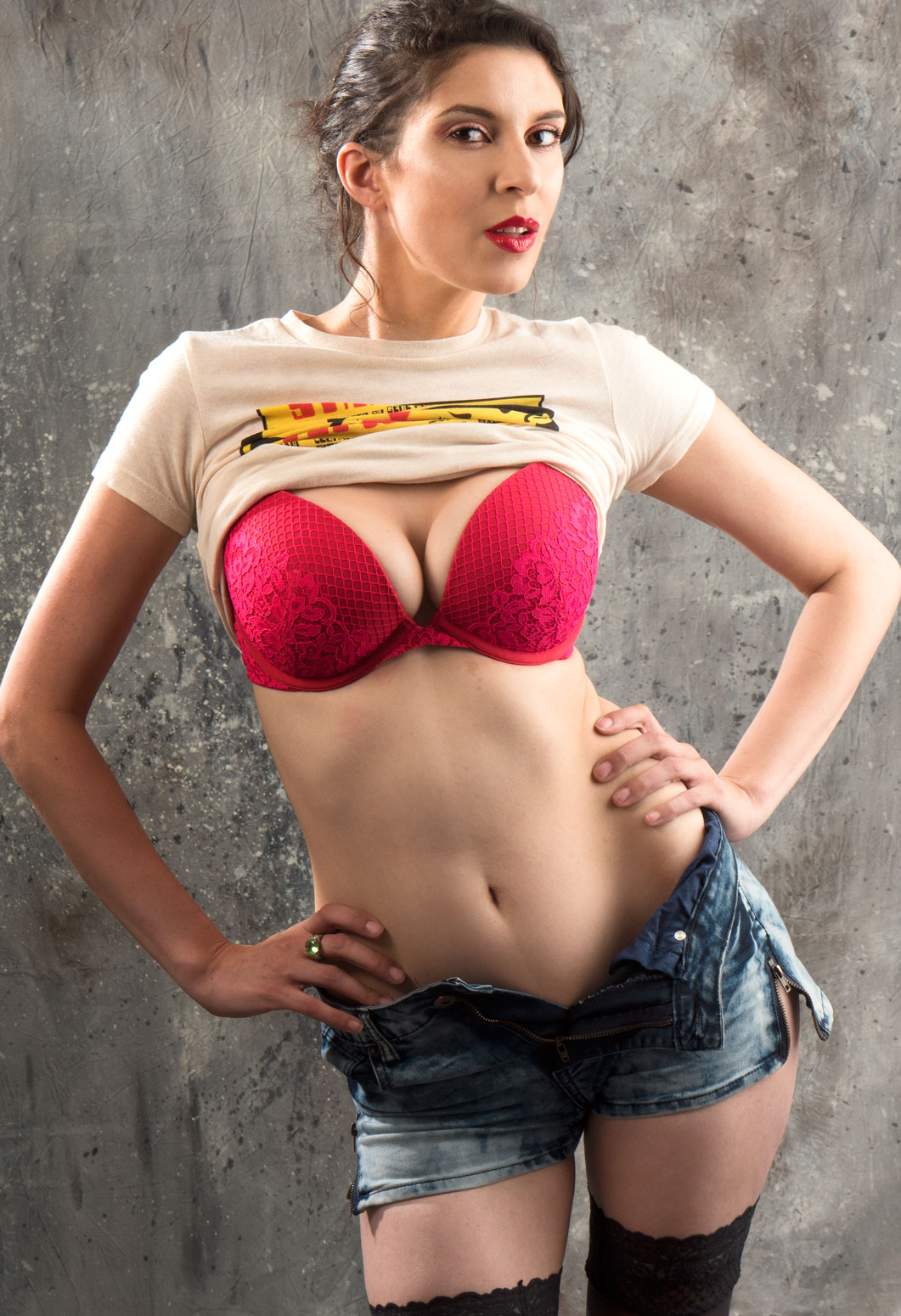Today’s Post by Joe Farace
“Modeling is the culmination of lighting, texture, body movement, and your soul’s expression.” ― Adrienne Posey
Any portrait shoot is a collaborative effort between the photographer and photographed , That’s why it’s important that you talk to your subject both during the shoot and what you and they want to accomplish– before you even pick up a camera. Many times I’ve seen photographers shooting portraits and expecting the subject to do all the work. Sometimes that approach works and sometime it doesn’t and that’s because, I believe, there are basically two kinds of photo subjects:
 Inner-directed people are the Energizer bunnies of photo subjects. You tell them to stand “over there,” point the camera at them and they will change poses as fast as you can click the shutter. This type of subject probably represents 20% of the subjects that you’ll get to photograph.
Inner-directed people are the Energizer bunnies of photo subjects. You tell them to stand “over there,” point the camera at them and they will change poses as fast as you can click the shutter. This type of subject probably represents 20% of the subjects that you’ll get to photograph.
When photographing inner-directed people, you’ll get lots of good poses, some great ones and a few not so good because the subject isn’t getting any feedback, except from themselves. The other downside is that you will also shoot more photos, which in turn takes more editing time. Tip: You can improve those odds by making small changes to their poses as you shoot.
Outer directed subjects represent the other 80% of photo subjects that you will have the opportunity to photograph. They expect you to tell them what to do. Photographing this type of subject takes longer and you’ll also shoot fewer images during a session. You need to take the time to communicate to the subject exactly what you want them to do. It’s up to you to tell outer directed subjects how to pose and in order to do that, you need to know what you want but you also need to be gentle and allow them to be who they really are. What I try to do watch what they do naturally and and then make minor changes or refinements to that pose.
My experiences is that they will respond better if you occasionally (key word) show them what the photographs looks like on the camera’s LCD screen. My experiences show that you will make them happy with how they look and you will be too. Tip: If you get to photograph am Outer directed subject several times, by the time you get through your first session they may gradually become more inner directed…or not.
How I made this portrait: I photographed Erin in my home studio in the clothes she walked in wearing. I loved them! The choices of what she’s wearing and her pose, I think, shows her true personality. The camera used was the Pentax K-1 Mark II with a Pentax-D FA 28-105mm f/3.5-5.6 ED DC WR lens (at 58mm) that I was testing for Shutterbug at the time. The exposure was 1/100 sec at f/10 and ISO 200.
Erin’s pose probably violates every rule that “the experts” say you shouldn’t do. She is posed square to the camera and the camera angle may be too low—I don’t remember, to tell the truth—but the attitude of the pose says everything about the subject. It shows an intelligent, proud, insouciant and yet downright sexy woman.
Lighting for the portrait was provided by a Paul C. Buff DigiBee DB800 with Plume Ltd Wafer softbox attached and used as the main light at camera right. An Alien Bee B800 with 16 x 30-inch Westcott Apollo Strip soft box was located at camera left with another DigiBee with a 48-inch Dynalite Quad Square black/silver umbrella placed in the back far left corner of the studio space. The background was Silverlake Photo Accessories’ Carbonite muslin backdrop that was suspended from my JTL background stands.
If you enjoyed today’s blog post and would like to buy Joe a cup of Earl Grey tea ($2.50), click here.
My book Joe Farace’s Glamour Photography is full of tips, tools and techniques for glamour and boudoir photography with new copies available from Amazon for $22.23, as I write this. Used copies start at the hard-to-beat price price of $8.91 and the Kindle version is $19.99 for those who prefer a digital format.
